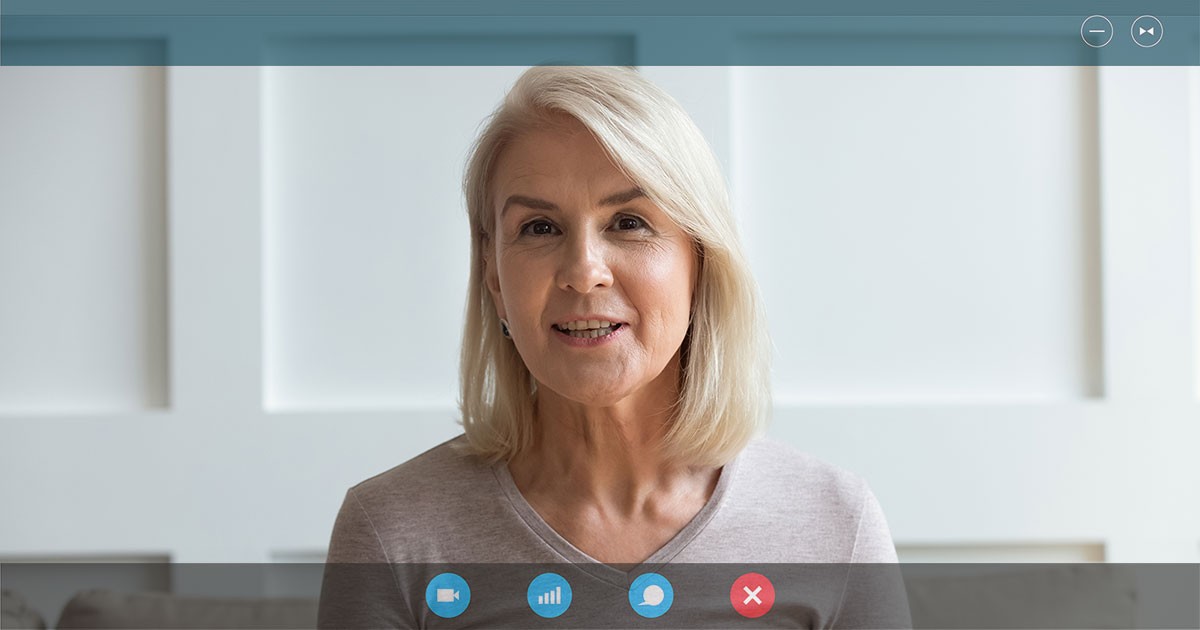- Low energy
- Difficulty sleeping
- Changes in appetite or weight
- Difficulty concentrating
- Feelings of hopelessness
On the extreme end, SAD can lead to self-harm, thoughts of suicide, or even death. You should never take any feelings of depression lightly. It’s time to check in with a doctor if you’re feeling sad or down for multiple days at a time. Or if you are experiencing extreme feelings of hopelessness.
If you’re struggling with your mental health, reach out for help.
- Get immediate emergency assistance by calling 911 if your situation is potentially life-threatening.
- If you or someone you know is suicidal or in emotional distress, call the National Suicide Prevention Lifeline at 1-800-273-TALK (8255).
- For general information about mental health or connection to resources in your area, reach out to the SMAHSA’s national helpline for free, confidential, 24/7 and 365 help for families or individuals facing mental or substance use disorder at 1-800-662-HELP (4357)
What causes seasonal affective disorder?
SAD may be caused by many factors, including the reduced light in winter months which affects circadian rhythms and drops in the serotonin and melatonin levels that regulate sleep cycles.
After a consultation, your doctor may recommend technology that can help. Managing seasonal depression may take a comprehensive care plan, including therapy, nutrition and exercise, connecting with people who care about you, and checking in with mental health professionals. From a SAD light box to apps that connect you with friends and family, here are some tools that may assist your seasonal affective depression and help you focus on your health.
Light therapy
One of the most common treatments for SAD is light therapy. A SAD light box replaces the light you might be missing, mimicking natural sunlight. These tools may help boost serotonin and regulate melatonin, which can ease the symptoms of SAD. Your doctor may recommend a specific lamp for you, but if not, choose a lamp that is 10,000 lux and filters out ultraviolet wavelengths. You should plan on using the light box daily for 20-30 minutes for it to be effective.
Nutrition
What you eat can influence your mood and your mental health. Harvard Health Publishing recommends eating lots of fruits and veggies, whole grains, seeds and nuts, and lean proteins, like fish or yogurt. On the flip side, they recommend avoiding foods heavy in sugar or flour, animal fats, processed meats, and butter.
When it comes to eating healthy, there are lots of tech tools that can help you. We’ve talked about Fooducate before and how it can help you eat better. It not only tracks the number of calories but also the quality of the foods you eat. That app provides suggestions for healthier options, and also allows you to customize according to any dietary restrictions or goals you may have. If you’re looking to add more veggies to your diet or to even take a stab at more plant-based eating, check out the Forks Plant-Based Recipes app, which has over 600 plant-based recipes to try.
Exercise
Research suggests that regular exercise can help alleviate symptoms of depression. There are plenty of tech tools you can use to help you get the recommended 150 minutes per week. First, you can motivate yourself with a wearable fitness tracker, like a FitBit. A FitBit can track your steps and activity, give you reminders to move, and monitor your health as a whole. You can also try video games (the fun might help boost your mood too). There is also smart gym equipment that allows you to work out from the comfort of your home. One example is the Peloton Bike, which offers live-streaming classes, a library of workouts, and instructors to keep you on track. Whatever physical activity you like, there’s likely a smart tool you can use, including FightCamp for boxing and Mirror for yoga and strength training.
Sleep
Sleep patterns can be disrupted when you’re struggling with depression, and you might have trouble getting enough sleep, or you might sleep too much. Fortunately, technology can help you with sleep, too. You can use a podcast to help you fall asleep, or create routines with smart lightbulbs that mimic the natural fading or increasing of light to help you fall asleep or wakeup. If you need more insight into your sleep patterns, you can track your sleep using wearables or smart mattresses. Analyzing that data can help you determine how to get your best night of sleep.
Relaxation
Finding ways to relax can be crucial for managing depression, according to WebMD. Though we often think of relaxation in terms of a glass of wine after a long workday, or binge-watching our favorite shows, those activities may not actually help depression. What you can do is meditate. A wide range of smart tools can help with meditation and relaxation, including wearables, trainers, and lamps. You can also use an app like Calm to get some downtime.
Connect with someone
Talking about your symptoms and your experiences can be helpful for people experiencing seasonal affective disorder. Reaching out to friends and family can help you feel better, and thanks to the internet, there are so many ways you can stay connected, from playing multiplayer video games to chatting on a video call. With technology, you can also connect to a mental health professional using your smartphone and an app. Be sure to connect with other people regularly and get help immediately if you need it.
Using technology, you can take steps to manage your seasonal depression. Finding the right combination of treatments, such as focusing on nutrition, using a light box, or using a therapy app, will be unique for every person. Be sure to consult with your doctor to get their recommendations for treatment first. For more articles on life with technology, check out the CenturyLink Discover blog.


